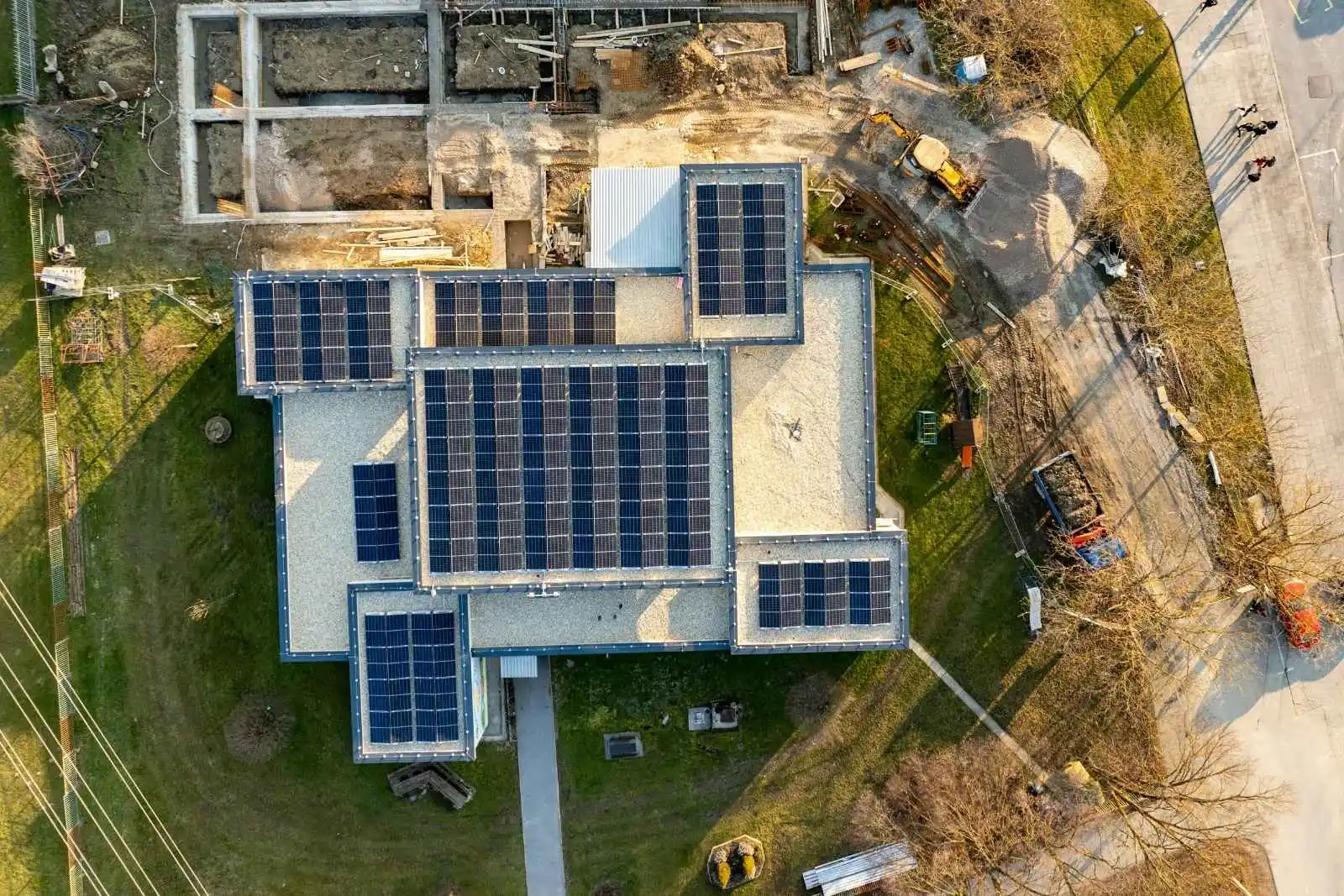What is the Grey Belt?
Grey Belt is a term popularised by the Labour Party in April 2024 and added to the NPPF in December 2024. It refers to Green Belt land that is previously developed or does not strongly support some of the key purposes of Green Belt designation.
The definition states: “For the purposes of plan-making and decision-making, ‘grey belt’ is defined as land in the green belt comprising previously developed land and/or any other land that, in either case, does not strongly contribute to any of purposes (a), (b), or (d) in paragraph 143.
What Are the Relevant Green Belt Purposes?
From paragraph 143 of the NPPF:
- (a) to check the unrestricted sprawl of large built-up areas
- (b) to prevent neighbouring towns merging into one another
- (d) to preserve the setting and special character of historic towns
This means that unless land strongly contributes to one of these three purposes, it may now be classed as Grey Belt, opening it up to possible development.
So what does this all mean?
Land now needs to strongly contribute to one of three specified Green Belt purposes to avoid being classified as Grey Belt, making this definition easier to meet than that outlined in the consultation draft. Land will only avoid Grey Belt designation if there's a strong justification for refusing or restricting development. This change seems intended to broaden the scope of land classified as Grey Belt.

February 2025 PPG Update: What It Means for Grey Belt Land and Development
1. Local Authorities Must Now Assess Green Belt Land in Smaller Parcels
Councils must now break down the Green Belt into smaller chunks and assess each one’s contribution to its core purposes. This structured approach helps planners identify which bits of land might be suitable for development without undermining the wider Green Belt.
2. Villages Excluded from 'Large Built-Up Areas': What This Means for Grey Belt Sites
One major clarification: villages are not considered large built-up areas. This means land around villages might no longer automatically be ruled out for development - making it easier to consider it as grey belt.
3. New Rules for Grey Belt Development: Key Criteria Land Must Meet in 2025
For development to go ahead on grey belt land, it must:
Avoid weakening the wider Green Belt
- Avoid weakening the wider Green Belt
- Be in a sustainable location
- Meet a demonstrable need (such as housing)
- For major housing schemes, offer 15% more affordable housing than usual, up to a 50% cap
4. Streamlined Planning Decisions for Grey Belt Sites
The government hopes these clearer rules will streamline local decision-making, cutting down on lengthy appeals and making it easier to plan effectively - especially in areas under housing pressure.
How Much Grey Belt Land Exists in England? 2025 Data and Site Insights
The updated PPG framework makes it easier to identify land that now qualifies as Grey Belt. Based on our early searches, we’ve found over 70,000 potential sites across England.
✅ In the Green Belt surrounding London alone, we’ve identified more than 12,800 potential Grey Belt sites — a huge opportunity for unlocking new land for development.

How to Identify Grey Belt Land
Want to find Grey Belt sites yourself? Here’s what to look for:
- Land that’s previously developed (e.g. old service stations, warehouses)
- Sites close to existing settlements
- Land that is not environmentally protected (e.g. outside National Parks, AONBs, SSSIs)
- Land that does not cause settlement merging
We’ve also launched a one-click Grey Belt filter inside the Searchland platform, allowing you to scan England for qualifying land quickly.
👉 Available to Standard and Pro users — perfect if you want a head start.
Can Grey Belt Unlock New Housing?
While Grey Belt land opens up new doors, it’s not a silver bullet. Like brownfield development, it should be part of a wider land supply strategy that includes:
- Urban infill and regeneration
- Strategic allocations
- Sustainable urban extensions
Still, the Grey Belt represents a meaningful shift in how we approach planning in constrained areas — and in 2025 alone, we've already seen high-impact projects approved, including:
- A 250-home development by Gleeson in Billericay
- A 50MW battery storage facility by Anesco in Walsall
If you’d like to learn more about the tools we are using to discover Grey Belt opportunities, get in touch with us for demo of Searchland.




.jpeg)



